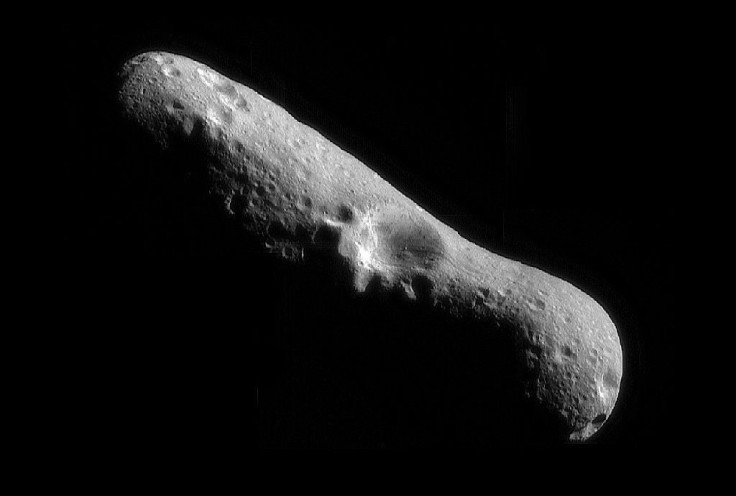NASA Asteroid Tracker: New 121ft NEO Sweeps Very Close To Earth Today

NASA is closely monitoring a massive asteroid that’s currently on a near-collision path with Earth. According to the space agency, the near-Earth object is expected to fly past the planet on the morning of June 5.
According to the database of NASA’s Center for Near Earth Object Studies (CNEOS), the asteroid that’s closely approaching Earth is called 2019 KA4. It was first observed on May 29.
CNEOS predicts that the asteroid will zip past Earth on June 5 at 1:23 am Eastern Time. According to the department’s database, 2019 KA4 has a maximum diameter of around 121 feet, making it almost twice as long as an Olympic-sized swimming pool.
Data presented by CNEOS shows that the asteroid is expected to approach Earth within a distance of 0.02153 astronomical units, which is roughly equivalent to 2 million miles. Once it approaches Earth, 2019 KA4 is expected to reach a velocity of 16,000 miles per hour.
Although the asteroid will be relatively far from Earth as it travels past the planet, 2019 KA4, like other near-Earth objects, could still cause major destructions if it’s on a direct collision course.
Past records have already proven how smaller space rocks can cause catastrophic events if they hit Earth. Probably the most well-known recent impact event is the explosion that occurred in Russia’s Chelyabinsk Oblast in 2013.
Initial investigations revealed that a meteor, which was much smaller than 2019 KA4, detonated mid-air and injured over 1,000 people in the area.
“The asteroid was about 17 meters in diameter and weight approximately 10,000 metric tons,” Peter Brown, a physics professor at Canada’s University of Western Ontario said in a statement. “It struck Earth’s atmosphere at 40,000 mph and broke apart 12 to 15 miles above the Earth’s surface.”
According to Brown, the explosion caused by the meteor produced an energy that’s equivalent to 470 kilotons of TNT, making it around 30 times more powerful than the atomic bomb dropped at Hiroshima in Japan during World War II.
Following the event, NASA established the Planetary Defense Coordination Office, a special department focused on tracking space objects that are potentially hazardous to Earth.

© Copyright IBTimes 2025. All rights reserved.





















